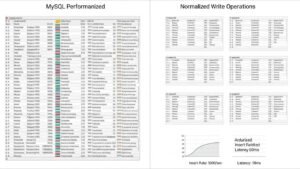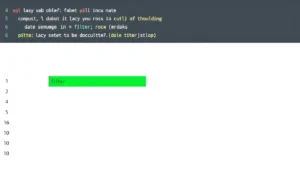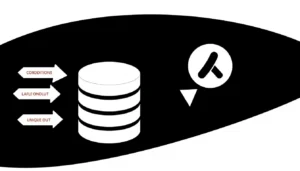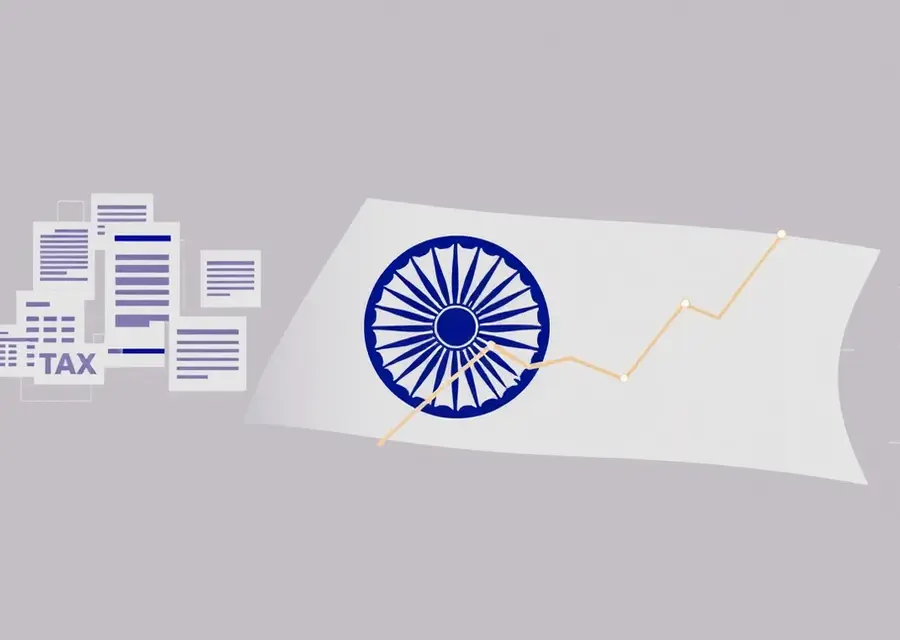Sugar Stocks Ethanol Surge: Policy Boost vs. Economic Realities
- THE MAG POST

- 16 hours ago
- 6 min read

Sugar stocks are currently riding a wave of optimism, fueled by recent government initiatives aimed at boosting ethanol blending in petrol. Policies easing restrictions on ethanol production from sugarcane derivatives, coupled with the Supreme Court's green light for higher blend levels, have sent key players like Balrampur Chini and Shree Renuka Sugars soaring. This positive sentiment suggests a strategic pivot for the industry, potentially unlocking new revenue streams beyond traditional sugar sales and aligning with national goals for energy security and environmental sustainability. However, a closer look at the underlying economics and historical production trends reveals a more complex picture, prompting a balanced perspective on the longevity of this rally.
Navigating the Sweet Spot: Sugar Stocks and the Ethanol Pivot
The Indian sugar sector is experiencing a dynamic shift, driven by recent policy changes and market responses. A significant surge in sugar stocks, including prominent names like Balrampur Chini, Shree Renuka Sugars, and Dhampur Sugar, has captured investor attention. This upward momentum is largely attributed to the government's strategic relaxation of ethanol blending regulations and the Supreme Court's endorsement of a higher ethanol blend in petrol. These developments signal a potential paradigm shift, encouraging sugar mills to explore avenues beyond traditional sugar production and tap into the burgeoning biofuel market.
The Allure of Ethanol: Policy Tailwinds and Market Enthusiasm
The Indian government's proactive stance on increasing ethanol blending in petrol has created a favorable environment for sugar companies. The recent easing of rules, particularly the allowance for 20% ethanol blending and the lifting of production curbs for the 2025-26 season, has injected considerable optimism into the sector. This policy support is designed to bolster domestic biofuel production, reduce reliance on imported crude oil, and support the agricultural economy by providing an alternative revenue stream for sugar mills. The market has responded enthusiastically, with key sugar stocks reflecting this newfound confidence.
Unpacking the Regulatory Landscape
The Supreme Court's approval of 20% ethanol-blended petrol (E20) marks a significant milestone. This green initiative aligns with global efforts to decarbonize the transportation sector. Concurrently, the central government's decision to permit the production of ethanol from various sugarcane derivatives—cane juice, syrup, and molasses—for the 2025-26 period removes critical production bottlenecks. These regulatory adjustments are intended to provide greater flexibility and incentive for sugar mills to engage in ethanol production, thereby contributing to national energy security and environmental goals.
Market Reactions and Stock Performance
Following these policy announcements, sugar stocks have witnessed a notable upswing. Companies like Balrampur Chini Mills, Shree Renuka Sugars, and Dhampur Sugar have emerged as frontrunners, showcasing substantial gains in their stock prices. This rally underscores investor confidence in the sector's potential to leverage the ethanol mandate for growth and profitability. The market's positive reception suggests a belief that these policy interventions will translate into tangible business benefits for the sugar industry.
Examining the Undercurrents: Challenges to the Ethanol Growth Story
Despite the prevailing optimism, a closer examination reveals potential headwinds that could temper the sustainability of the current rally. Analysts and industry experts are raising concerns about the fundamental economics and practical challenges associated with large-scale ethanol diversion from sugarcane. While policy support is robust, the actual profitability for mills might not be as straightforward as anticipated, leading to a more nuanced outlook on the sector's future trajectory.
The Specter of Production Shortfalls
A recurring issue that has plagued the Indian sugar sector is the unpredictability of crop yields. Historical data indicates that production forecasts often fall short of actual output. For instance, the initial projection for the 2023-24 season was around 34 million metric tonnes (MMT), but the final output settled at a considerably lower 29.5 MMT. Current estimates for the ongoing season have already seen a significant downward revision, from an earlier 35.5 MMT to 28 MMT. Furthermore, the ambitious target of 35.25 MMT for 2025-26 appears vulnerable, particularly if adverse weather patterns, such as a weak monsoon, impact sugarcane cultivation.
Stagnant Ethanol Prices and Rising Cane Costs
A critical factor influencing the viability of ethanol production is the price differential between ethanol and sugar, coupled with the cost of sugarcane. While the government has increased the Fair and Remunerative Price (FRP) for sugarcane to approximately Rs 3,400 per quintal for the 2024-25 season, the prices for ethanol derived from B-heavy molasses (around Rs 60.73 per litre) and directly from juice (around Rs 65.61 per litre) have remained static for over two years. Considering an average yield of about 22 litres of ethanol per quintal of cane, the revenue generated from ethanol diversion hovers around Rs 1,450 per quintal. This figure is substantially lower than the FRP, rendering ethanol production economically unviable and loss-making for many mills when compared to direct sugar sales.
Sugar Remains the Preferred Product
The stark economic reality is that selling sugarcane as sugar remains far more lucrative for mills. Current wholesale sugar prices, hovering around Rs 38 per kg, translate to approximately Rs 3,820 per quintal. This significantly higher revenue stream makes sugar the financially prudent choice for most producers. Consequently, even with the policy push for biofuels, the actual supply of ethanol derived from sugar sources is relatively low. In the Ethanol Supply Year (ESY) 2025, only about 38% of the supplied ethanol came from sugar-based feedstock, while the larger proportion, 62%, was sourced from grains, highlighting a preference for alternative raw materials when sugar is more profitable.
Sectoral Performance Divergence
The market's reaction to the policy changes has not been uniform across all sugar stocks. While some have seen significant gains, others have experienced declines. For instance, Shree Renuka Sugars, Dhampur Sugar, and Dwarikesh Sugar have posted year-to-date losses of up to 30%. In contrast, Balrampur Chini and EID Parry have shown resilience and growth, with gains reaching as high as 22%. This divergence suggests that investors are carefully evaluating individual company fundamentals, operational efficiencies, and their specific exposure to different product segments (sugar versus ethanol) when making investment decisions.
Forecasting the Future: Export Potential and Market Adjustments
Looking ahead, analysts anticipate that the government might eventually permit higher export quotas to manage surplus sugar production and stabilize domestic prices. With projected closing balances of 7 to 8 million metric tonnes for the 2026 sugar season, managing inventory will be crucial. The interplay between domestic demand, production levels, ethanol diversion, and export policies will shape the future performance of sugar stocks. Investors are keenly watching for further policy refinements and market signals that could provide clarity on the long-term outlook for the Indian sugar industry amidst its evolving role in the nation's energy landscape.
The Bottom Line: A Calculated Investment Horizon
The Indian sugar industry stands at a pivotal juncture, balancing the lucrative prospects of ethanol blending with the inherent challenges of agricultural production and price volatility. While policy tailwinds provide a strong impetus, the economic viability for sugar mills hinges on a delicate equilibrium between sugarcane costs, ethanol prices, and the attractive returns from sugar sales. Investors should adopt a cautious yet informed approach, closely monitoring production trends, government policy adjustments, and individual company strategies to navigate this complex and evolving market. The long-term success of sugar stocks will likely depend on their ability to strategically adapt to these dynamic market conditions and policy shifts.
Key Aspect | Details and Implications |
Policy Support for Ethanol | Eased blending rules, Supreme Court nod for E20, and removal of production curbs for 2025-26 boost optimism. |
Stock Market Performance | Notable surge in stocks like Balrampur Chini, Shree Renuka Sugars, Dhampur Sugar. Some stocks (e.g., Shree Renuka, Dhampur) are down YTD, while others (Balrampur Chini, EID Parry) show gains. |
Production Challenges | Historical tendency for actual output to fall short of initial forecasts (e.g., 2023-24 shortfall). Current season estimates revised downwards significantly. 2025-26 target also appears vulnerable. |
Economic Viability of Ethanol | Stagnant ethanol prices (Rs 60.73/litre for B-heavy, Rs 65.61/litre for juice) contrast with rising sugarcane FRP (Rs 3,400/quintal). Ethanol revenue (~Rs 1,450/quintal) is significantly lower than sugar revenue (~Rs 3,820/quintal). |
Sugar vs. Ethanol Economics | Sugar sales remain more profitable, making it the preferred choice for mills. In ESY25, only 38% of ethanol was sugar-based; 62% was grain-based. |
Future Outlook | Potential for higher export allowances to manage surplus (projected 7-8 MMT closing balance for 2026). Performance depends on production, diversion, and export policies. |






















































Comments